The Dark Side of Social Media
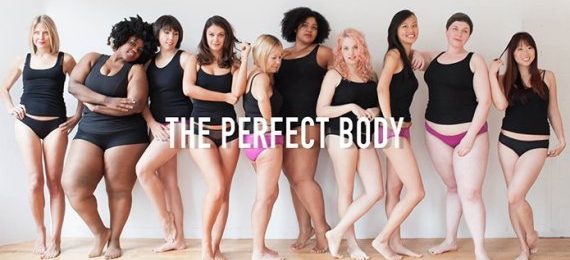
March 29, 2017
Teenagers rely on three things: friends, food, and their phones. Cell phones lead to social media, and social media is a big part in everyone’s life. What’s a normal day without checking Twitter? What’s a normal day without sending out a ‘streaks’ snap? (Don’t lie, you know you do it.) This is the social norm for high school students, and it impacts how people perceive certain situations.
On social media you can see an abundance of different faces, and people discern these faces for the standard beauty. Because of these standards, it impacts teenagers in negative ways, especially girls. Teenage girls think “fleeking your eyebrows” and “contouring your cheekbones” is the only way to be beautiful in this society, when it is not. Girls need to understand that they’re beautiful in their own unique way, and that they don’t need to change for beauty standards that shouldn’t exist.
Body image is also a great factor coming with social media. You see Instagram accounts with a bunch of followers that only post “skinny” girls or guys with extremely defined abs to showcase their bodies. Media has taught us that if you don’t have a six pack or 2% body fat, then your body is not ideal. This fad introduces mental illnesses such as bulimia and anorexia to the world. People obtain these illnesses by trying to be what they see on the internet, because their body may not be socially accepted. Body image problems have increased tremendously, which is a serious emotional and health problem with teens.
One more standard that completely blows is the mania that goes with “relationship goals.” As you see on social media platforms such as Twitter, or Instagram, there are plenty of accounts dedicated to famous couples. If you pay a little more attention to these accounts, you can see the obsessions with relationships while reading the comments. Scrolling through a famous relationship such as Alexis Ren and Jay Alvarrez, you may see comments that reveal how people perceive their relationship by what they post online. You see people’s comments expressing insecurity with their own relationships because they don’t model the exemplary relationship. Little do these people know, behind the screen could be a whole different scenario.
The biggest problem with social media is cyberbullying. Although it is recognized in schools and society, it still happens. According to the Megan Meier foundation, approximately 43% of students get cyberbullied throughout their life, and 15% of students admitted to cyber bullying other people. People mostly cyber bully because they’re insecure about themselves, and they need someone to pick on for it. Or they’re just utterly rude and want to cause a problem for the fun of it, which is just irrelevant.
We are all guilty of being affected by at least one of these things. From feeling a bit down about ourselves, to having someone tweet about us, it happens. Unfortunately, you can not get rid of the negatives that come with the internet, but you can learn from it to see the positives. Essentially, social media is a massive dystopia of false advertisements.
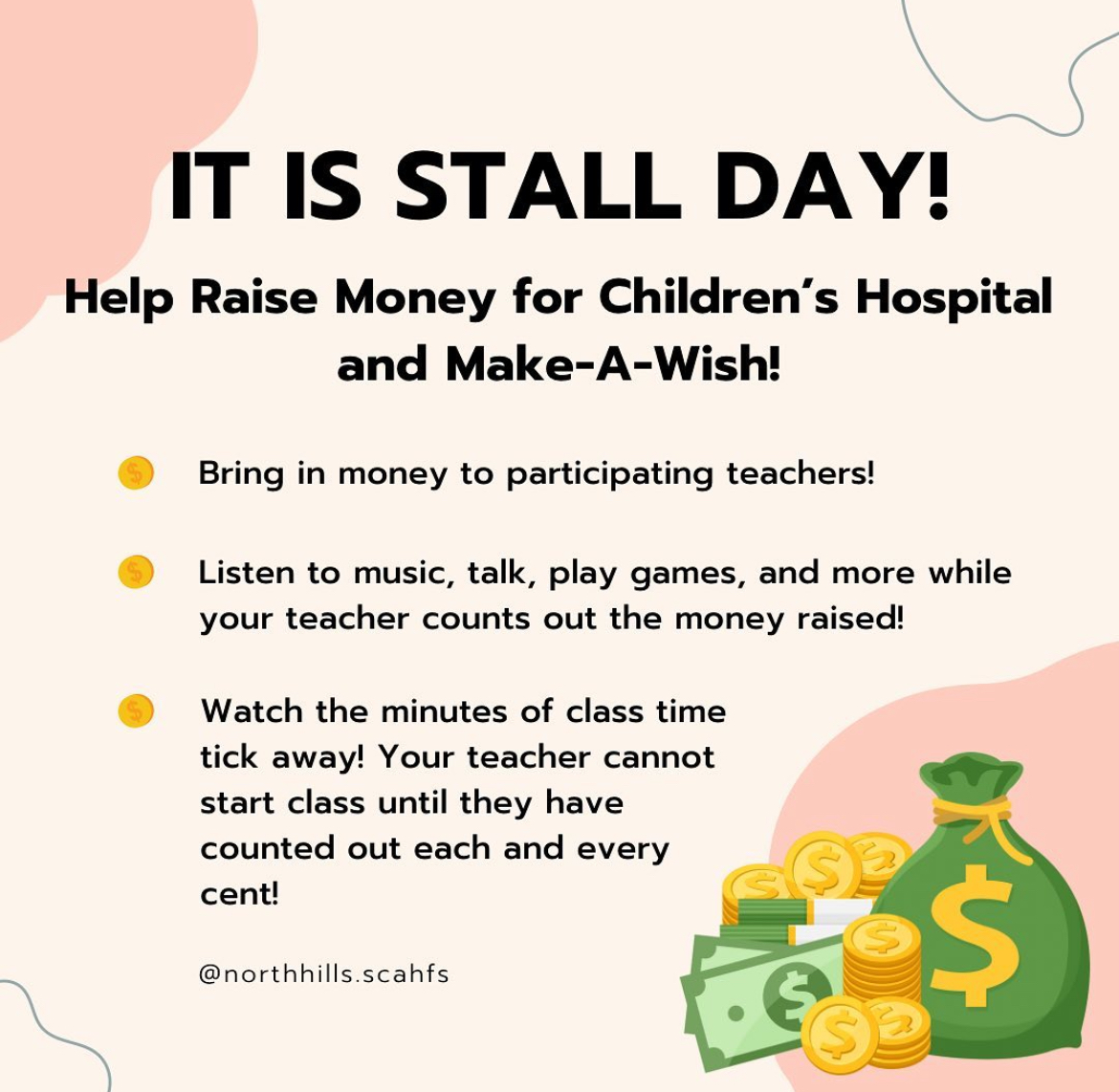

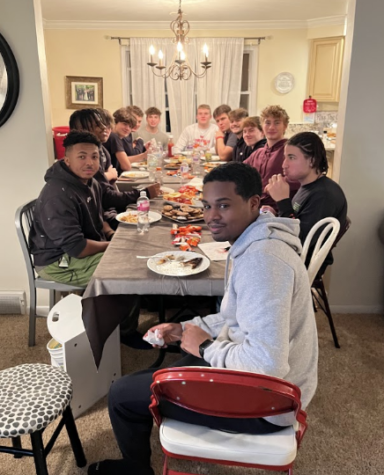
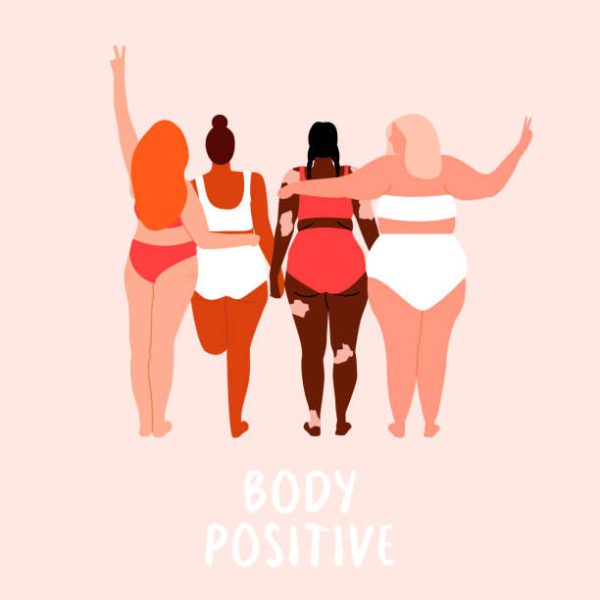


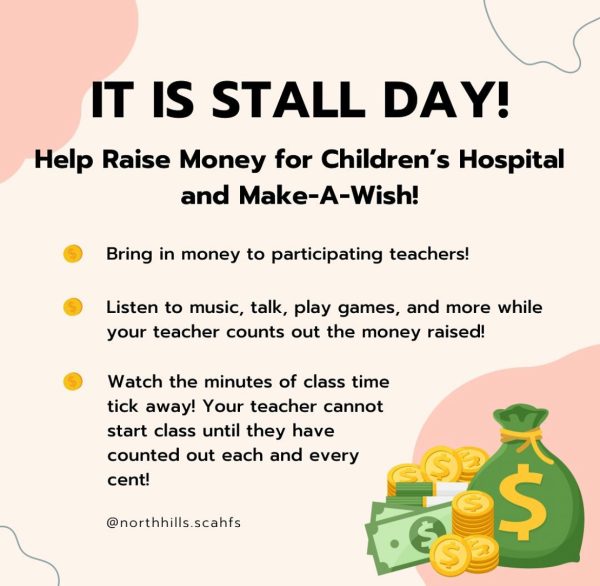

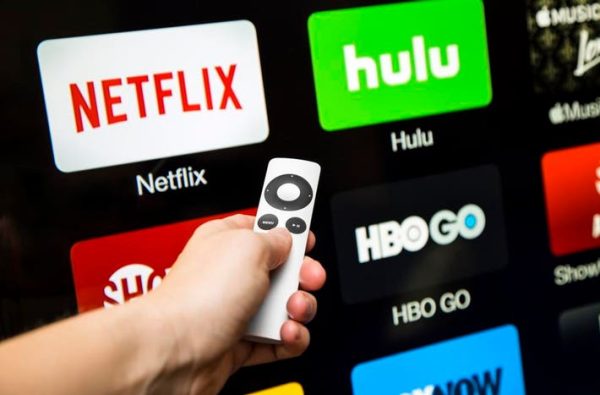


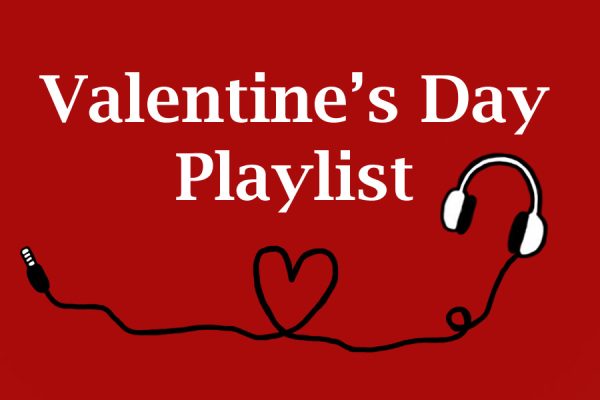
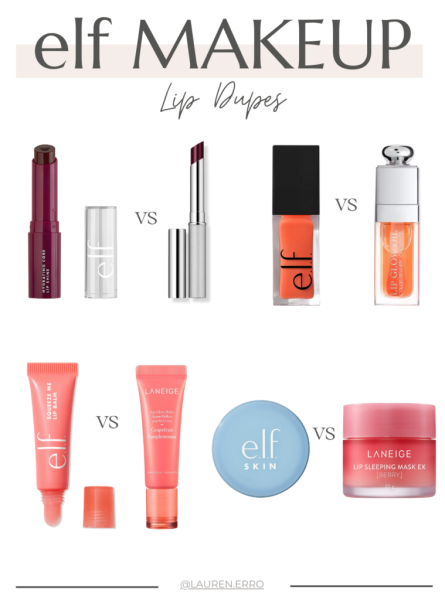
Maria • Sep 5, 2017 at 10:12 am
This was very interesting to read, our journalism class had to find other school news papers and read them and you have some of the most interesting stories I ‘ve seen.